Species Photo Gallery for Agallia quadripunctata Four-spotted Clover Leafhopper 41 |
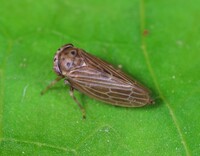 | Photo by: Rob Van Epps
Iredell Co.
Comment: Caught sweeping in grassy, weedy area. | 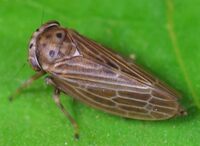 | Photo by: Rob Van Epps
Iredell Co.
Comment: Caught sweeping in grassy, weedy area. |
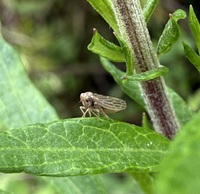 | Photo by: Marilyn Westphal
Henderson Co.
Comment: Old field flood plain | 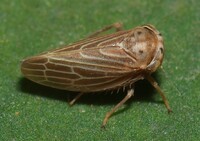 | Photo by: Rob Van Epps
Mecklenburg Co.
Comment: |
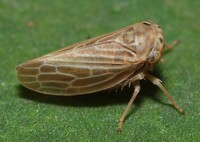 | Photo by: Rob Van Epps
Mecklenburg Co.
Comment: | 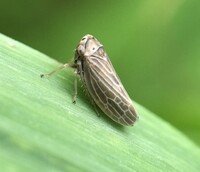 | Photo by: Ted Wilcox
Watauga Co.
Comment: unid_leafhopper |
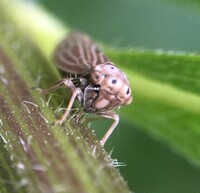 | Photo by: Ted Wilcox
Watauga Co.
Comment: unid_leafhopper | 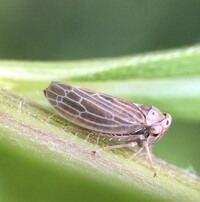 | Photo by: Ted Wilcox
Watauga Co.
Comment: unid_leafhopper |
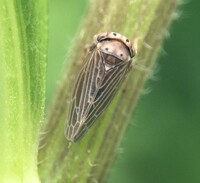 | Photo by: Ted Wilcox
Watauga Co.
Comment: unid_leafhopper | 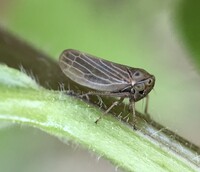 | Photo by: Ted Wilcox
Watauga Co.
Comment: |
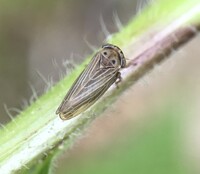 | Photo by: Ted Wilcox
Watauga Co.
Comment: | 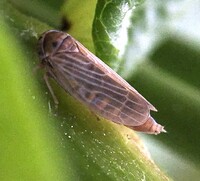 | Photo by: Ted Wilcox
Watauga Co.
Comment: |
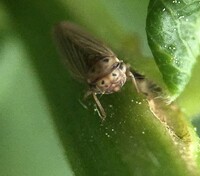 | Photo by: Ted Wilcox
Watauga Co.
Comment: | 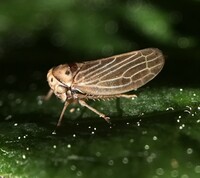 | Photo by: Ted Wilcox
Watauga Co.
Comment: One found on Poke Milkweed and the other on Common Milkweed in open wooded area. |
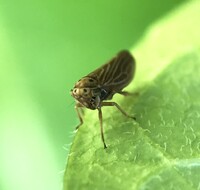 | Photo by: Ted Wilcox
Watauga Co.
Comment: One found on Poke Milkweed and the other on Common Milkweed in open wooded area. | 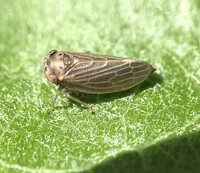 | Photo by: Ted Wilcox
Watauga Co.
Comment: One found on Poke Milkweed and the other on Common Milkweed in open wooded area. |
 | Photo by: Ted Wilcox
Watauga Co.
Comment: unid_leafhopper |  | Photo by: Ted Wilcox
Watauga Co.
Comment: unid_leafhopper |
 | Photo by: Ted Wilcox
Watauga Co.
Comment: unid_leafhopper | 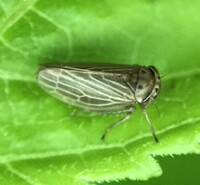 | Photo by: Ted Wilcox
Watauga Co.
Comment: unid_leafhopper |
 | Photo by: Scott Bolick
Guilford Co.
Comment: | 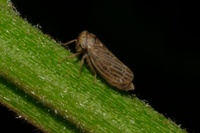 | Photo by: Scott Bolick
Guilford Co.
Comment: |
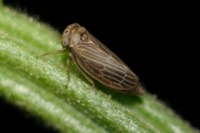 | Photo by: Scott Bolick
Guilford Co.
Comment: | 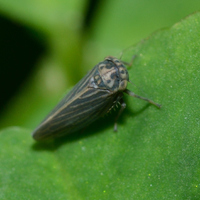 | Photo by: Margarita Lankford
Orange Co.
Comment: https://www.inaturalist.org/observations/72123489 |
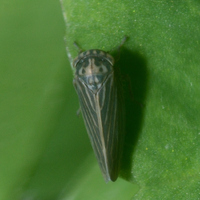 | Photo by: Margarita Lankford
Orange Co.
Comment: https://www.inaturalist.org/observations/72123489; male | 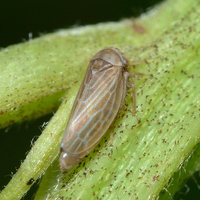 | Photo by: Margarita Lankford
Orange Co.
Comment: https://www.inaturalist.org/observations/55736398 |
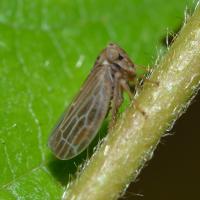 | Photo by: Margarita Lankford
Swain Co.
Comment: https://www.inaturalist.org/observations/52274717 | 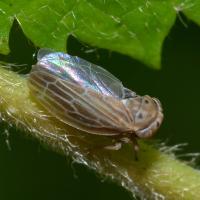 | Photo by: Margarita Lankford
Swain Co.
Comment: https://www.inaturalist.org/observations/52274717 |
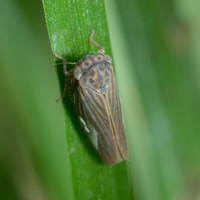 | Photo by: Margarita Lankford
Orange Co.
Comment: https://www.inaturalist.org/observations/43728823 |  | Photo by: Paul Scharf
Warren Co.
Comment: Caught sweeping |
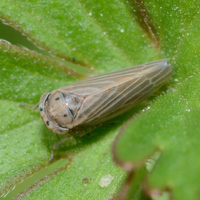 | Photo by: Margarita Lankford
Orange Co.
Comment: https://www.inaturalist.org/observations/39850353 | 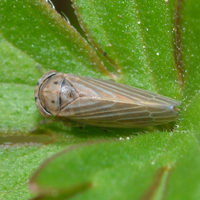 | Photo by: Margarita Lankford
Orange Co.
Comment: https://www.inaturalist.org/observations/39850353 |
 | Photo by: Margarita Lankford
Orange Co.
Comment: https://www.inaturalist.org/observations/39850353 | 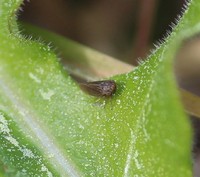 | Photo by: Amanda Auxier
Pender Co.
Comment: |
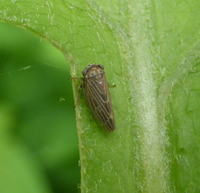 | Photo by: F. Williams, S. Williams
Gates Co.
Comment: MEMI |  | Photo by: Paul Scharf
Warren Co.
Comment: The wings appear short. This could be a result of the photo angle. However, this specimen lacks pronotal spots; A. quadripunctata always has pronotal spots |
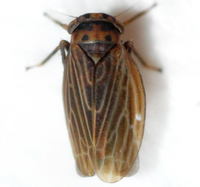 | Photo by: Kyle Kittelberger, Brian Bockhahn, Paul Scharf
Mitchell Co.
Comment: grassy, brushy vegetation in the open on the top of the mountain; the bald | 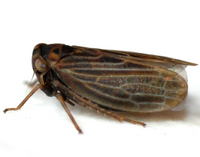 | Photo by: Kyle Kittelberger, Brian Bockhahn, Paul Scharf
Mitchell Co.
Comment: grassy, brushy vegetation in the open on the top of the mountain; the bald |
 | Photo by: Kyle Kittelberger, Brian Bockhahn, Paul Scharf
Watauga Co.
Comment: grassy, brushy area on mixed forest edge |  | Photo by: Paul Scharf
Warren Co.
Comment: Caught sweeping short lawn grass |
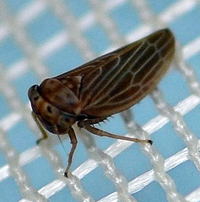 | Photo by: Paul Scharf
Warren Co.
Comment: Caught sweeping short lawn grass |

 »
»

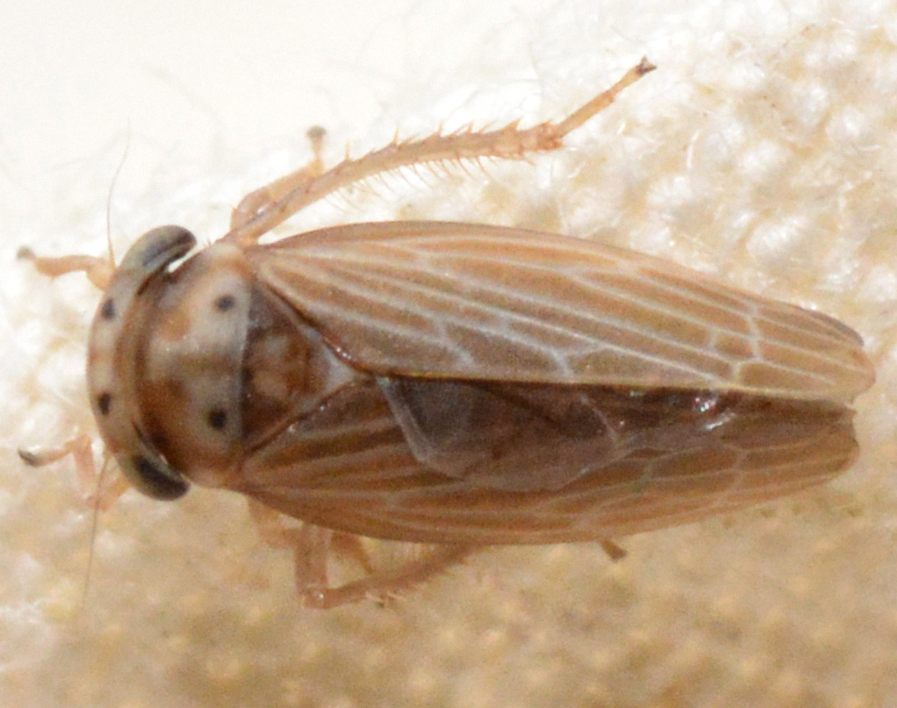
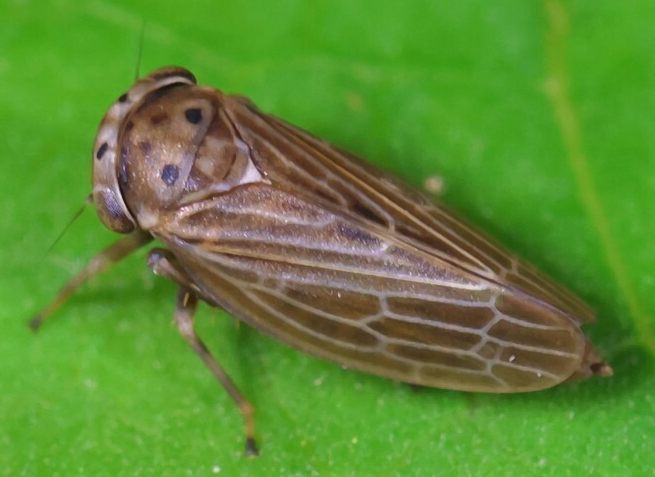

 »
»


